Ever wondered what happens after death? Does your soul travel to heaven or to another dimension? Or do we become ghosts? According to Hinduism, death is a transition that should not be feared. Let us explore more about life after death in Hinduism.
The Hindu concept of life and death
Most of us get stifled by the fear of death and what happens after it. The mere thought of death can make us feel distressed, anxious, restless and uneasy. But in Hinduism, death is an important aspect in the cycle of birth, life, death and rebirth. Hinduism, considered as the oldest religion in the world, explains death and the afterlife in a rather unique perspective. Let’s delve into what Hinduism says about life after death.
The concept of life after death in Hinduism involves certain crucial elements that explain what happens to the soul after it leaves the physical body behind. According to Hindu beliefs, human beings are trapped in samsara, a cycle of life, death and reincarnation. Life after death in Hinduism leads to rebirth, where our soul or atman is reincarnated in a new body. However, one’s soul may reach another spiritual realm, such as swarga (heaven) or naraka (hell) for a certain period of cosmic time before they are reborn. But some Hindus may be reincarnated immediately after death, without entering heaven or hell.
Related: Samsara, Karma And Moksha: 8 Divine Hindu Teachings About Life
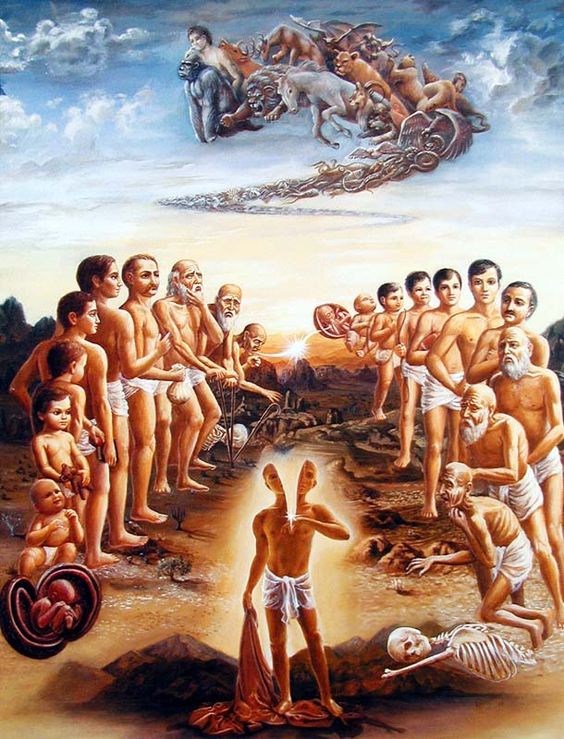
This cycle of samsara or rebirth can continue repeatedly until our soul achieves moksha or salvation and is united with Brahman, the supreme being or the ultimate reality. But our liberation from the cycle of samsara and the attainment of moksha is determined by our karma.
According to the law of karma, our thoughts and actions, whether virtuous or evil, in our present life determines the course of reincarnation and our fate in the next life. When our actions are intentionally negative or when we are unable to learn from our mistakes in our existing human life, we can be born as animals or even insects in our next life. Following ‘Dharma’ and living a righteous life colored with ethical and moral values can help us attain moksha. It can liberate our atman or soul from the cycle of rebirth or samsara and unite with the Universe or Brahman.
In short, life after death in Hinduism leads to repeated cycles of rebirth until we attain salvation. Hence, our objective should be to live a life of virtue to evade reincarnation and samsara. Our individual soul can only become one with the infinite and the eternal Brahman through the attainment of cosmic consciousness.
Related: The True Meaning Of Karma: Understanding Karma, Karmaphala and The 12 Laws
Death and afterlife in Hinduism
According to Hindu scriptures and beliefs, life after death in Hinduism is a complex process that involves reincarnation or salvation based on a person’s karma or intentional actions. After death, our soul may not necessarily be reborn into a new physical body. Insead, it may be contained in a subtle body known as the linga ṡarīra. The servants of Lord Yama, the Hindu god of death, deliver the linga ṡarīra to the deity for an identity check after which the soul is returned to the home of the deceased individual. Here, the soul hovers near the doorstep and observes its previous physical body.

This is why it is important that relatives complete the cremation, funeral and last rites, such as śrāddha of the deceased individual before the soul is returned by Yama. Otherwise, the soul may be able to reenter the now deceased physical body which it once owned. The cremation and śrāddha help in the process of reconstituting a more suitable physical body for the wandering soul or preta of the deceased. During the śrāddha, a feast is offered to Brahmins, relatives, beggars and even animals such as cows, which is considered a holy animal by Hindus. When the rituals are done improperly, the soul can take the form of an evil spirit to harm the living, as it becomes stuck in the mortal realm, wandering and searching for a way out. This is one of the crucial elements of life after death in Hinduism.
Related: Consciousness Persists Even After Death, New Study Suggests
Rituals and ceremonies are conducted by a mourner to create different body parts and physical features of the new physical body for the preta. As incomplete or disorganized ceremonies can lead to damning outcomes, it is essential that the rituals are performed properly and with faith. Otherwise, the soul or preta can turn into a dark, malignant spirit or bhūta. Once the rituals are completed properly, the soul leaves the mortal realm and travels to the kingdom of Lord Yama for a year.
After one year, the soul or atman is judged by Yama and is decided whether it will be carried to heaven or hell, based on the soul’s karma. Once the soul has completed its tenure in heaven or hell, it is then reincarnated into a new physical body which could be in a human form or in the form of an animal, insect, parasite or even a plant. This is what happens after death in Hinduism.
Related: What Happens After Death?
Suicide and life after death in Hinduism
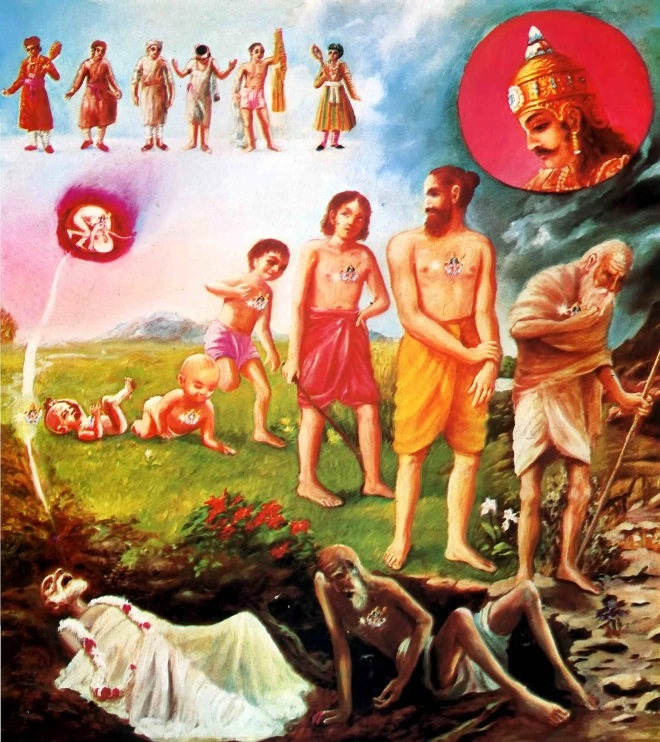
According to Hindu beliefs, in ancient India, suicide was acceptable as a ritual for attaining salvation. Yogis, sannyasis, monks and ascetics used to commit suicide or self-immolation to liberate their souls from their weak, slender physical bodies to attain moksha. For the yogis, setting themselves on fire as an act of sacrifice was a way to purify their bodies, cleanse their past karma and be enlightened. However, some ascetics chose to wither their physical bodies through fasting and strict restrictions, while some others ended their lives by sacrificing themselves to natural elements like fire and water. It was believed that sacrificing your life as a form of self-purification would liberate your soul and help you unite with Brahman.
Although self-immolation and ritualistically sacrificing your life was acceptable in certain situations in the ancient periods, the hindu concept of life and death does not allow nor accept sucide under any circumstance. According to the notion of life after death in Hinduism, suicide is a mortal sin which leads to severe bad karma that can adversely affect our chances of attaining liberation from the cycle of samsara and rebirth.
Related: 8 Risk Factors for Suicide: Major Signs Of Suicidal Behavior
When a Hindu chooses to end their own life, their soul is carried to a specific place in narak or hell, known as Punnama. Once a soul reaches this place, redemption and absolution become nearly impossible. This is why suicide is strictly discouraged in Hinduism as it restricts our soul’s ability to attain moksha and unite with the supreme being or the universe.
Spirits and ghosts in Hinduism
According to beliefs about life after death in Hinduism, evil spirits and ghosts, known as Bhūta in Sanskrit, can exist in the mortal realm. Tales of celestial beings and ghosts possessing dead bodies and communicating through them have been mentioned in Vedic Sanskrit texts, like the Upanishads. Ghosts and spirits are seen as unlucky and wretched souls who have been trapped in space between the mortal realm and the spiritual realm due to their past sins, like suicide, or a curse. These evil spirits often frighten and harm living human beings as they tend to be vindictive or in pain due to their spiritual suffering. While most spirits are believed to be evil, there are some good and benevolent spirits who eagerly wait to be released from their curse or punishment so that they can attain moksha. Based on the principles of life after death in Hinduism, it is believed that good spirits are believed to help people who are in trouble and the needy.
Related: Are Ghosts Real? Here’s What Science Has To Say
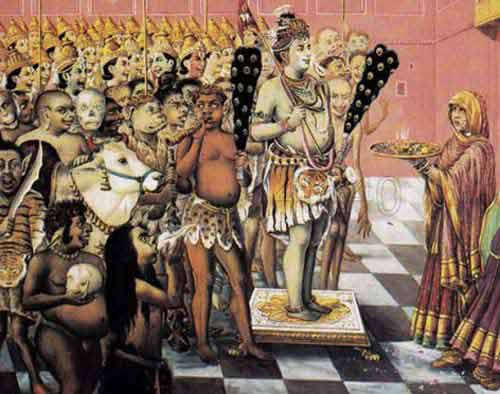
According to the common view of afterlife in Hinduism, Bhūta or ghosts roam around in depressing places with dark energy such as ancient ruins, abandoned buildings, trees in forests, graveyards and other desolate locations. Contrarily, benevolent spirits can be found in places with positive energy like temples, houses or locations where religious ceremonies are conducted etc. It is believed that the Yajurveda includes certain mantras and hymns for exorcising ghosts, demons and evil spirits. These mantras can also protect living human beings from the negative energies of ghosts.
Death is only the beginning
Life after death according to Hinduism usually takes a positive view that is based on unification with God, the infinite and the supreme being. Death is a process all of us need to go through regardless of our actions in our human form. However, our karma decides what happens to us after death and whether we will have positive or negative merits in our next life. Once we have learned the necessary lessons during our life, we can finally attain salvation and be absorbed by Brahman, the supreme being. This is what one needs to learn about life after death in Hinduism.
“For whatever object a man thinks of at the final moment, when he leaves his body – that alone does he attain, O Son of Kunti, being ever absorbed in the thought thereof.” – The Bhagavad Gita.
Related: 40+ Interesting Facts About Hinduism That Will Blow Your Mind



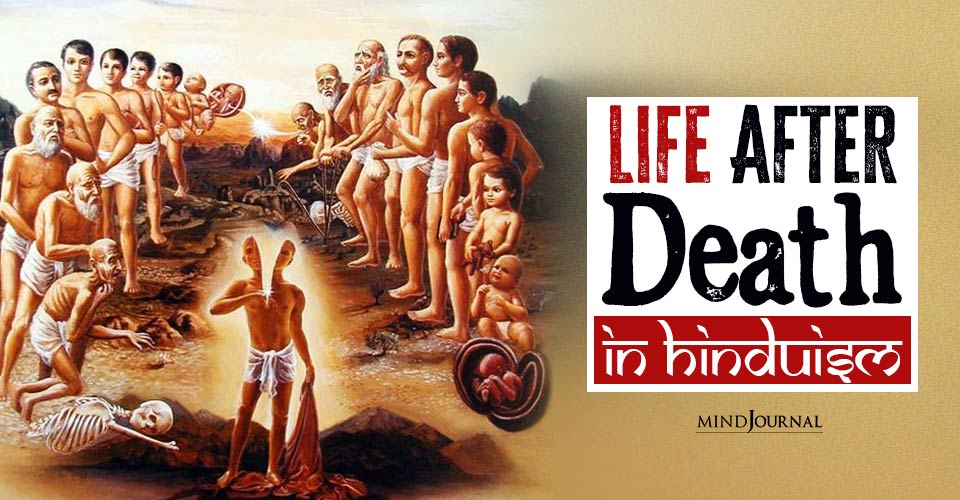

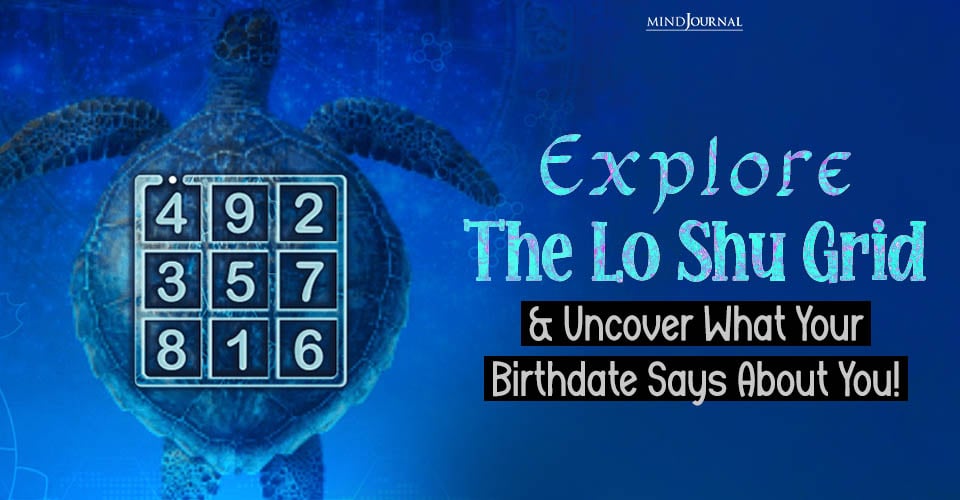





Leave a Reply